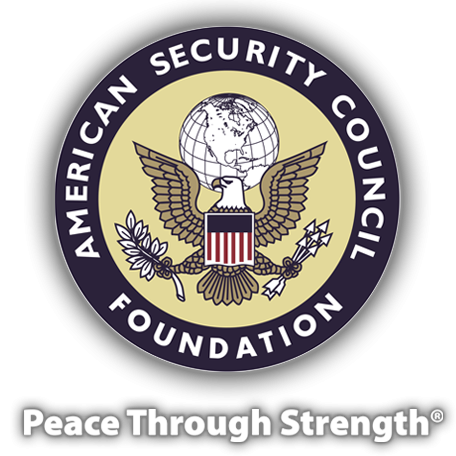Green Energy - Not So Clean - By Laurence F. Sanford
By ASCF Senior Analyst Laurence F. Sanford
April 6, 2022
Green energy from wind, solar, hydro and geothermal is not so clean. Green energy may be carbon free but green energy is also a serious environmental polluter.
Rare earth minerals used in the manufacture of solar panels, windmill blades, and storage batteries are costly and primarily sourced in China. The mining process, the refining process, and transportation all have serious environmental and cost issues. Child slave labor in Africa and Uighur slave labor in China are used to mine rare earth minerals for processing in China.
The United States is the leading energy country in the world. By attempting to Go Green and dismantling fossil/nuclear fuel sources of energy, America is committing societal suicide. Energy is the foundation of modern civilization without which industry and national defense are impotent. Reducing carbon and improving a clean environment are noble objectives, but should be acted on with feasible, realistic, and cost effective programs. Yes, increase solar panels on buildings, but not on solar farms which require huge tracts of land and a transmission infrastructure. At present, and for the near future, there are no battery backups capable of providing electrical energy 24/7/365.
China dominates the world’s manufacturing of solar panels, windmill blades, and batteries. By going Green, America would be subjected to totalitarian communist China. Chinese suppression in Tibet, on the Muslim Uyghurs, in Hong Kong and Tiananmen Square; the Cultural Revolution; the One Child policy; as well as the South China Sea military buildup, the surveillance state, and threats to Taiwan, should not be forgotten. Perhaps the most dangerous of all Chinese threats is the buy-out of American political, entertainment, Wall Street, media, and Silicon Valley elites, who have sold their souls and American interests for the sake of the almighty dollar (or soon to be the mightier Chinese yuan).
Solar panel and windmill blade production creates tons of hazardous waste and contaminated water. The now defunct Solyndra used its $535 million federal taxpayer subsidy to generate 12.5 million pounds of hazardous waste. Cadium, indium, lead, CIS and nitrogen triflouride gases are some of the toxic chemicals used and spun off from solar production.
Solar panels and windmill blades have an average life span of 20 years. Currently there is limited recycling of these panels and blades, and thus they end up in landfills with built-in toxic materials. Windmills require increasing maintenance and are less efficient as they age. The average maintenance cost is approximately 25% of income generated. Since wind does not always blow and varies in speed, windmills produce energy intermittently. Solar panels do not produce energy at night, in cloudy weather, or when covered in snow. In the winter, with less sunlight, the efficiency of solar panels in northern states can be as low as 10%.
Solar and wind are low-intensity energy sources that require enormous amounts of land compared to fossil fuels and nuclear energy. Merely meeting America’s current electricity demands with wind energy would require 12% of the continental U.S. land or the equivalent of two States of California. Solar farms and battery storage also require enormous land use.
Connecting wind and solar to the grid would require doubling the present 240,000 miles of high voltage transmission capacity. Appropriating land for transmission lines of this magnitude would encounter fierce local and environmental opposition. The costs for land acquisition and line transmission towers would be in the billions of dollars.
Lastly, solar and wind are harmful to humans and birds. Wind turbines generate noise that affect human sleep patterns and quality of life. In the ocean, windmill construction disturbs sea beds and interferes with bird and ocean animal migratory patterns. Windmills and solar panels kill thousands of birds and bats per year. Giant 200 foot high windmill towers with blades that can rotate at speeds in excess of 200 mph instantly kill eagles and other birds, while solar panels incinerate birds. Windmills crash and catch fire, battery backups catch fire, and solar panels and windmill towers are eyesores. They occupy valuable farmland, ocean vistas, and scenic hills.
In summary, Green energy is not so clean for the environment, nor is it the panacea for a carbon free future. It cannot meet the energy requirements of a modern and growing civilization, which includes the growing need of electricity for electric vehicles. America and the world need fossil fuels and nuclear energy to meet civilization's electricity needs.












